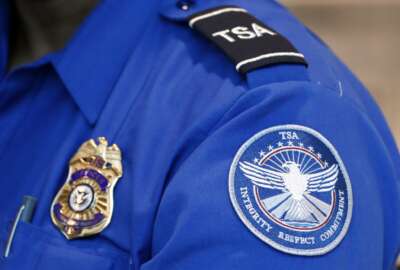This interview will get you to start glancing at the sky
Fear of asteroids can conjures up snickers, like worries of a spaceship veering in on the National Mall. In reality, asteroids whack at the Earth regularly.
Perhaps you missed it. Astronomers tell us Mercury, Venus, Mars, Saturn and Jupiter were all visibly lined up before dawn Wednesday. You’ve still got time to see this spectacle. The planets will stay that way until late February. You need a clear sky and the fortitude to step outside about 45 minutes before dawn.

I’ve always admired the intellectual power that, accumulated over centuries, has given humanity the large body of knowledge it has about celestial bodies. I mean, who figured out the orbit of Jupiter? The late author Barbara Tuchman, in A Distant Mirror, her 1978 account of the 14th century, noted this, among the “mental furniture” of the average person in the 1300s: knowledge that the earth orbited the sun. Maybe they didn’t state it out loud, given the prevailing doctrine of the time.
I interviewed someone of this century who studies the skies for a highly practical purpose. Lindley Johnson is with the Planetary Defense Office at NASA. He oversees the operation at NASA that tries to identify asteroids that could collide with Earth. The agency just completed a consolidation of several related activities to form the Planetary Defense Coordination Office.
This is not what you think. Fear of asteroids can conjure up snickers, like worries of a space ship veering in on the National Mall and its occupants demanding to meet the President. In reality, asteroids come at the Earth regularly. Most of them burn harmlessly in the atmosphere — falling stars. But in modern times, a couple of hits have caused extensive damage, as Johnson explains. It turns out, an asteroid the size of, say, a small office building could cause as much damage as a nuclear bomb. It happened in 2013 over the Ural mountains in Russia, injuring 1,100 people. A well-documented big one crashed into lightly populated Siberian Russia in 1908 and flattened 800 square miles of forest.
I confess to never having thought about this before. Can anything be done other than crouching in your basement, should an asteroid head this way? Johnson says the objective of his office is to identify potentially dangerous objects several years before they would strike the Earth. In theory, that would give nations time to plan and launch a rocket with some sort of payload designed to knock the offending asteroid out of its path.
Millions of potential strikers zoom about in the Earth’s little corner of the universe, Johnson says. By 2010, NASA had identified dangerous ones at least a kilometer across. Now the Planetary Defense Coordination Office is trying to tag ones as small as 140 meters —about the size of FedEx field. Right now, Johnson pegs the population of asteroids worth watching at 13,500, of which 7,000 are 140 meters or larger. He estimates 1,700 of them are within 5 million miles of earth’s orbit.
For Johnson, gazing towards the heavens has been a lifelong passion. He got his first telescope as a young boy. Interest in things aloft carried him through a 23-year Air Force career before joining NASA.
Asteroid factoid: Lindley’s got something few of us will ever have: An asteroid, number 5905, is named Johnson to recognize his work in seeking out near-Earth objects. It received its name from its discoverer, the late astronomer and asteroid hunter Eleanor F. Helin. It’s a good-sized one, several kilometers across, orbiting the sun. Let’s hope old 5905 stays up there.
Copyright © 2024 Federal News Network. All rights reserved. This website is not intended for users located within the European Economic Area.
Tom Temin is host of the Federal Drive and has been providing insight on federal technology and management issues for more than 30 years.
Follow @tteminWFED







